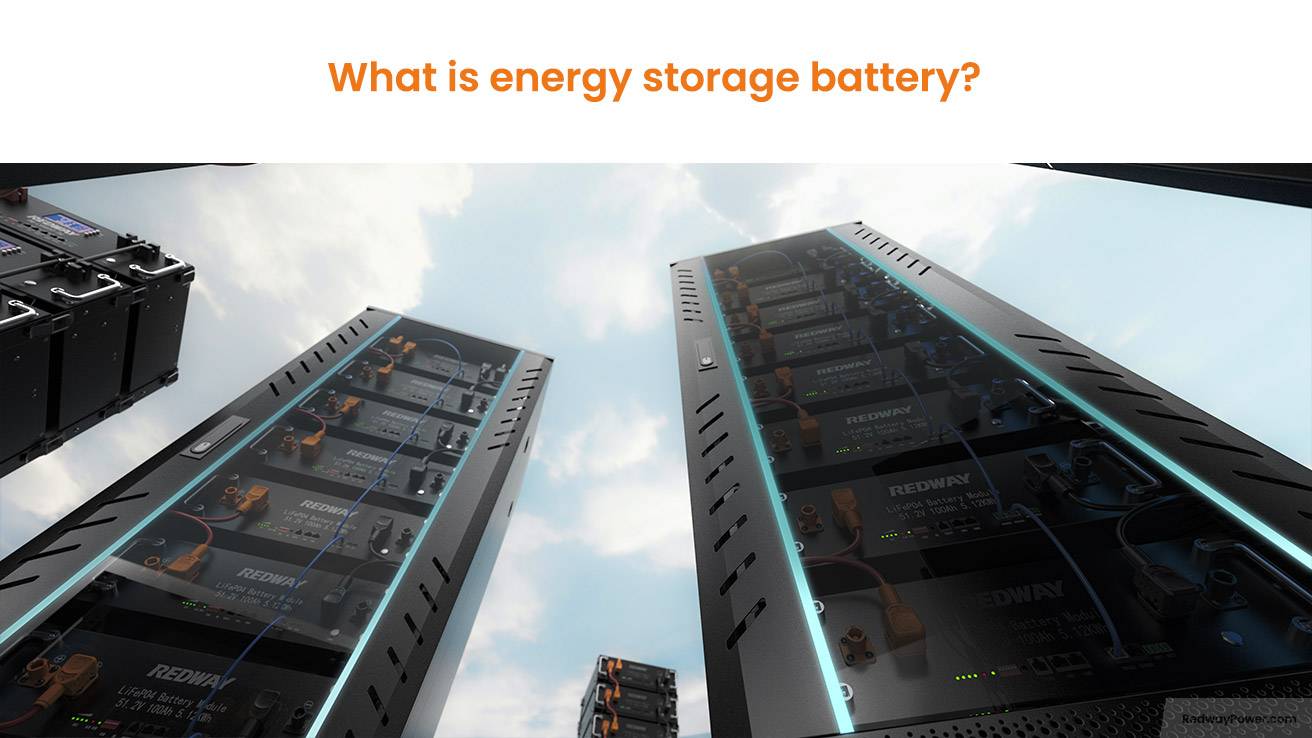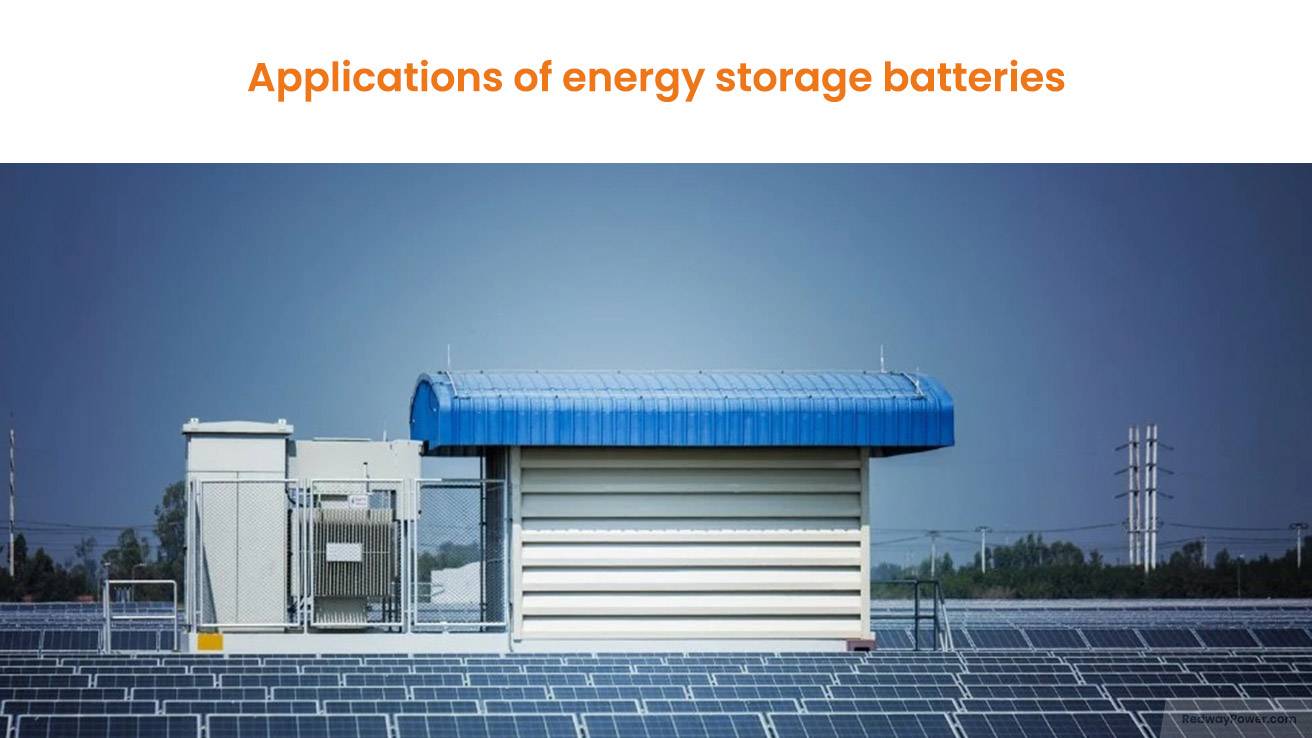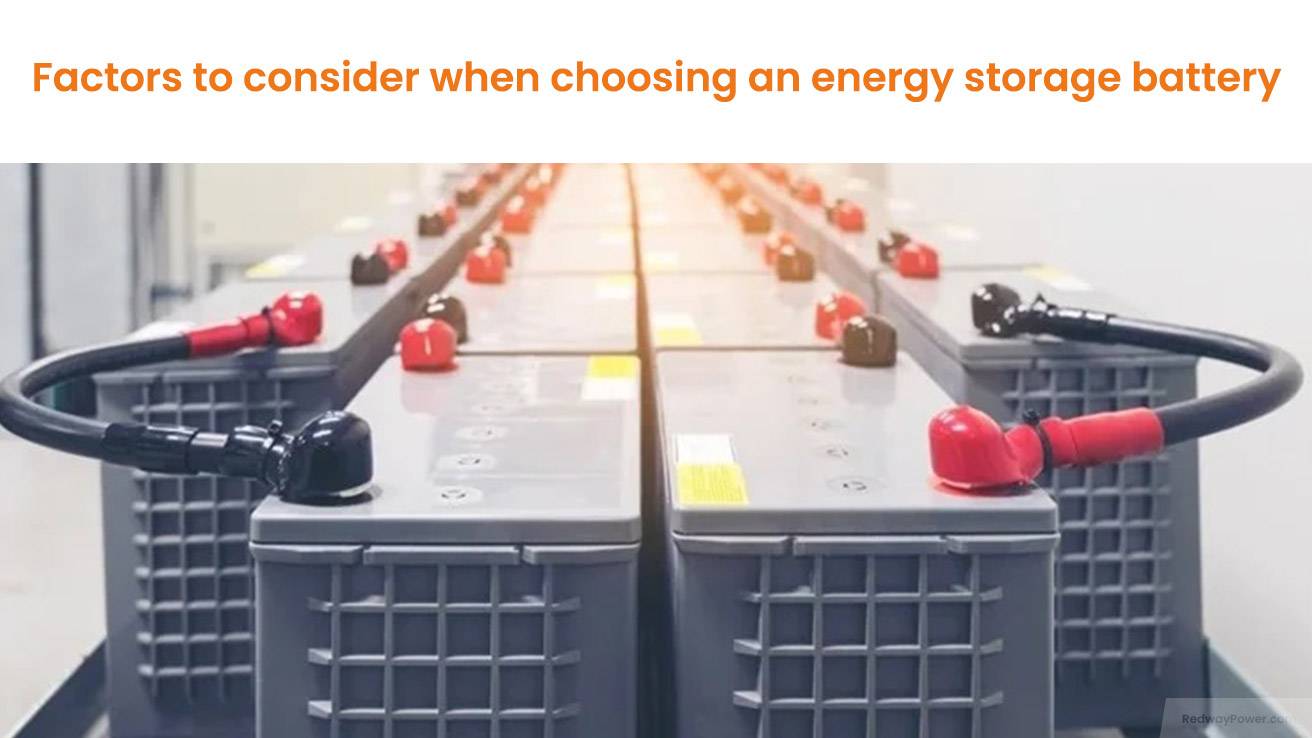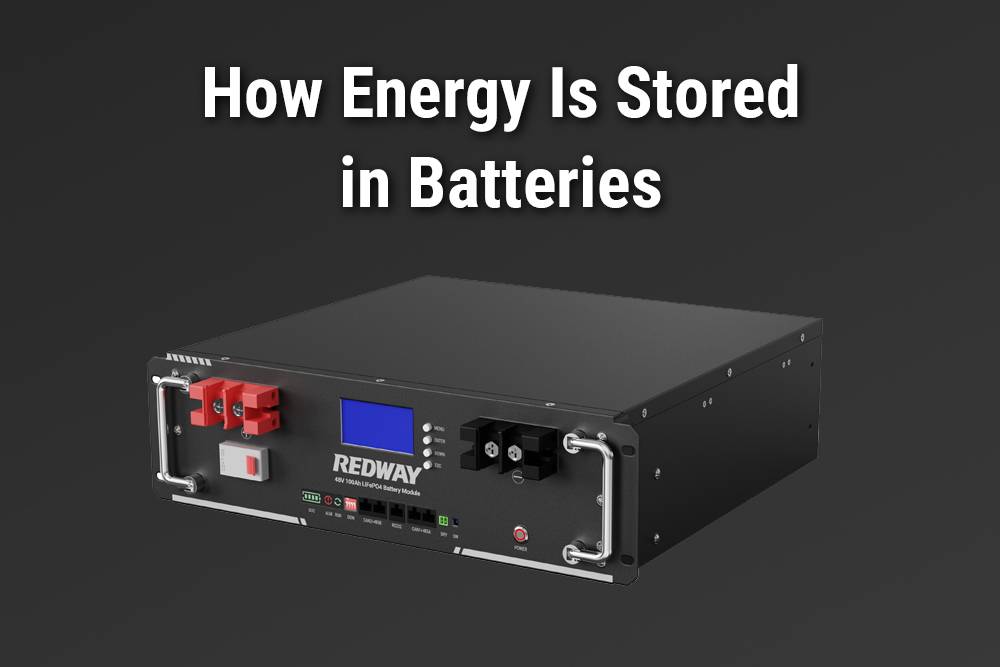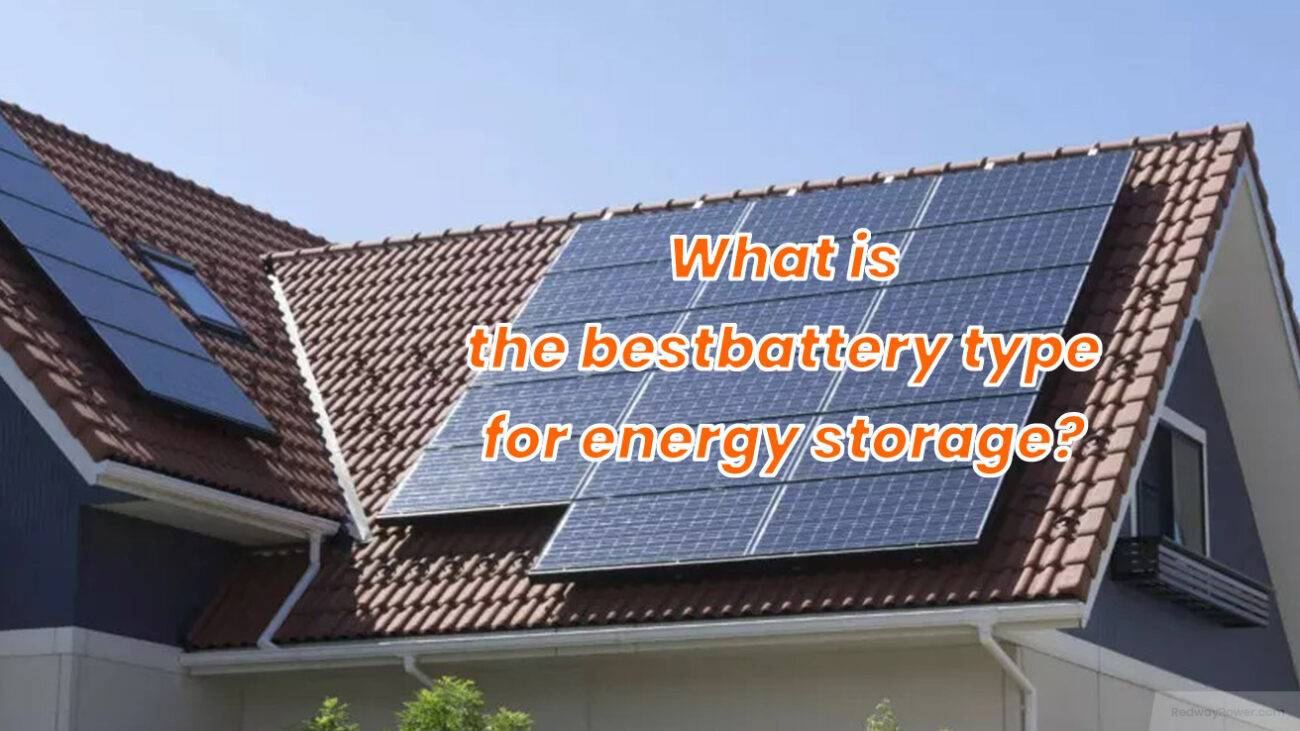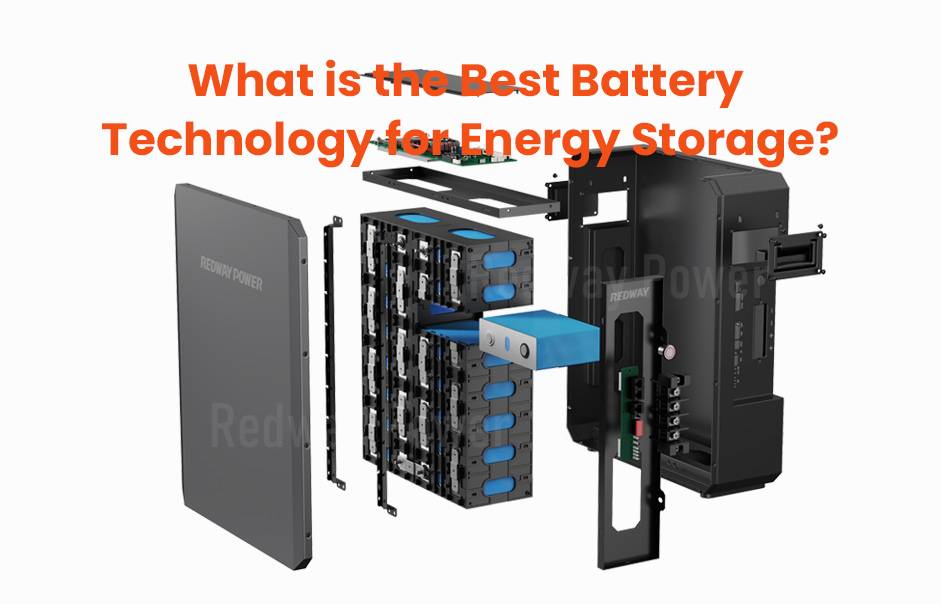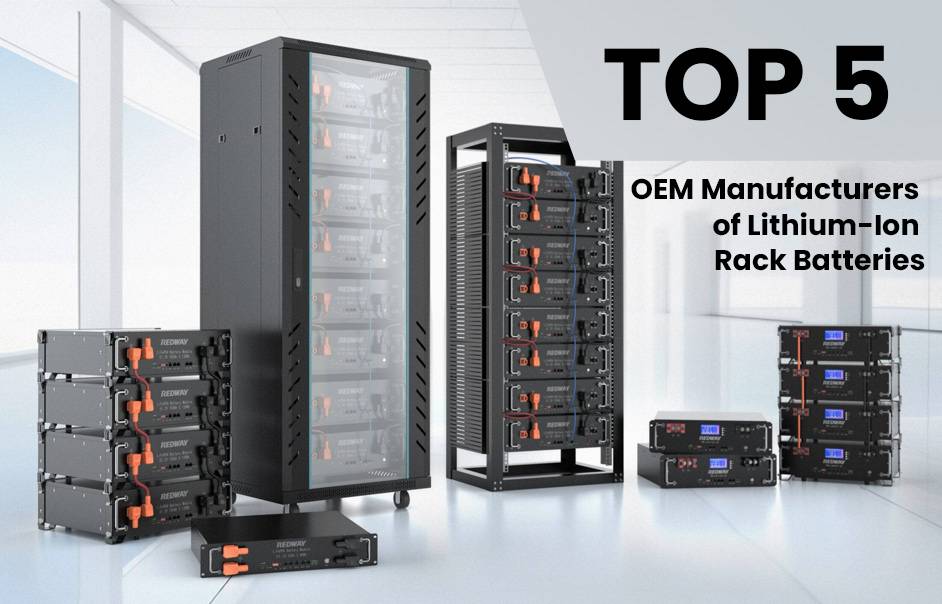An energy storage battery, often simply referred to as a battery, is a device that stores electrical energy in the form of chemical energy. It consists of one or more electrochemical cells, each composed of two electrodes (anode and cathode) separated by an electrolyte. Get ready for an enlightening journey into the captivating world of energy storage!
Different types of energy storage batteries
Various energy storage batteries cater to diverse applications, each offering specific advantages and considerations. Let’s explore some commonly used types and their key features.
- Lead-Acid Batteries:
- Known for reliability and affordability, lead-acid batteries are frequently used in automotive and backup power systems.
- Their long-standing presence and cost-effectiveness make them a popular choice for various applications.
- Lithium-Ion Batteries:
- Widely adopted for high energy density and extended lifespan.
- Found in portable electronics, electric vehicles, and grid-level energy storage due to their versatility and efficiency.
- Flow Batteries:
- Operate by storing charge in chemical solutions, offering scalability.
- Ideal for large-scale renewable energy integration projects, providing flexibility in meeting diverse energy storage needs.
- Hydrogen Fuel Cells:
- Convert hydrogen gas into electricity without the need for recharging or refueling.
- Suitable for continuous power supply in remote locations or off-grid systems, offering a unique alternative in energy storage.
Considerations:
- When selecting an energy storage battery, factors like cost, efficiency, lifespan, safety requirements, and specific application needs play a crucial role. Evaluating these aspects ensures the optimal choice for a given project or system.
Benefits of using energy storage batteries
Energy storage batteries offer significant advantages, including renewable energy optimization, cost savings, and grid independence. They enable storing excess renewable energy, ensuring reliable power supply and reducing reliance on traditional grid electricity.
Additionally, they provide financial efficiency by optimizing energy usage, contributing to environmental sustainability by reducing emissions, and enhancing grid stability. Technological advancements continue to improve battery efficiency and affordability, promising further benefits for homes and businesses. Embracing energy storage batteries empowers greater control over electricity usage and supports the transition to a sustainable future powered by renewable resources.
Applications of energy storage batteries
Energy storage batteries play a vital role across industries, notably in renewable energy integration, electric vehicle power enhancement, grid stability, and backup systems. They store excess renewable energy, extend the range of electric vehicles, stabilize the grid, and provide backup power during outages.
These batteries also offer resilient power during natural disasters and enable off-grid solutions in remote locations, ensuring access to reliable electricity. Their versatility supports the transition to cleaner energy sources and contributes to a sustainable future powered by renewable energy.
How does an energy storage battery work?
Understanding how energy storage batteries work is essential in appreciating their role in our daily lives. Let’s simplify the process in a few key steps.
- Basic Functionality:
- At its core, an energy storage battery stores and releases electrical energy as needed.
- This process is made possible through the chemical reactions occurring within the battery’s electrodes and electrolyte solution or solid-state material.
- Charging Process:
- During charging, electrical current flows from an external source through the positive electrode into the electrolyte.
- Ions move towards the negative electrode, triggering chemical reactions that store energy within the battery.
- Discharging for Power Usage:
- When energy is required, such as during a power outage, devices connect to the battery.
- Chemical reactions reverse, releasing stored energy as electrical current to power connected devices.
- Factors Affecting Performance:
- The efficiency and capacity of energy storage batteries are influenced by factors like cell design, materials used, and temperature control.
- Technological advancements, particularly in lithium-ion batteries, have led to improved performance, including higher energy density and longer lifespan.
- Ongoing Research and Innovations:
- Continuous research explores new materials and technologies to enhance battery performance and reduce costs.
- While lithium-ion batteries have gained popularity, ongoing advancements aim to further improve efficiency and reliability.
Conclusion: While the workings of an energy storage battery may seem intricate, grasping its fundamental principles helps us recognize its crucial role in providing reliable backup power in today’s world.
Factors to consider when choosing an energy storage battery
Choosing the right energy storage battery involves considering key factors to meet specific needs. Let’s break down the essential elements for an informed decision.
- Capacity Matching Requirements:
- Assess the battery’s capacity to ensure it aligns with your energy storage and release needs.
- Matching capacity to your requirements prevents underutilization or insufficient power during peak demand.
- High Efficiency for Optimal Performance:
- Prioritize batteries with high round-trip efficiency to minimize energy wastage during charging and discharging.
- Opting for higher efficiency ensures optimal performance and maximizes the utility of stored energy.
- Lifespan and Investment Value:
- Evaluate the lifespan of the battery in relation to your investment goals.
- Balancing upfront costs with longevity considerations helps determine the overall value and cost-effectiveness of the battery.
- Charging and Discharging Rates:
- Consider the charging and discharging rates based on your power needs.
- If quick bursts of power are essential, a battery with a high discharge rate may be more suitable for efficient energy delivery.
- Prioritize Safety Features:
- Ensure safety by selecting batteries with built-in features like overcharge protection, temperature regulation, and short-circuit prevention.
- Prioritizing safety guarantees the secure operation of the energy storage system.
- Evaluate Maintenance Requirements and Warranty:
- Assess the maintenance needs associated with different battery options.
- Additionally, consider warranty options from manufacturers or suppliers to secure long-term support for your investment.
Conclusion: Considering these factors enables a well-informed decision in choosing an energy storage battery that precisely meets your energy requirements while ensuring efficiency, safety, and long-term value.
Future advancements in energy storage technology
The future of energy storage technology is poised for remarkable advancements to meet the rising demand for renewable energy. Let’s explore key areas where innovation is driving improvements.
- Extended Battery Lifespan:
- Researchers are focusing on developing battery materials that endure thousands of charge-discharge cycles without significant capacity degradation.
- Increasing the lifespan of energy storage batteries is crucial for long-term efficiency and cost-effectiveness.
- Solid-State Battery Technology:
- Solid-state batteries, using solid electrolytes instead of liquid ones, promise enhanced safety, higher energy density, faster charging rates, and longer cycle life.
- This innovation addresses key limitations of traditional lithium-ion batteries, paving the way for safer and more efficient energy storage solutions.
- Efficiency and Affordability in Grid-Level Systems:
- Ongoing efforts aim to improve the efficiency and affordability of large-scale battery systems used in grid-level applications.
- Advanced control algorithms optimize charging and discharging strategies based on real-time electricity prices and demand patterns, enhancing overall system performance.
- Integration with Renewable Sources:
- Future advancements involve integrating battery systems with renewable generation sources like solar panels or wind turbines.
- Creating hybrid power plants ensures reliable clean electricity by balancing intermittent renewable generation with energy storage capabilities.
- Smart Grid Technologies:
- Smart grid technologies play a pivotal role in optimizing energy storage systems by enabling real-time monitoring, remote control, and seamless integration into existing electrical grids.
- These technologies enhance overall system flexibility and efficiency.
Conclusion: As innovations and research efforts worldwide drive ongoing advancements in battery technology, energy storage systems are positioned to play a transformative role in shaping a sustainable and resilient future for electricity generation and consumption.
FAQs
What is an energy storage battery?
An energy storage battery is a device that stores electrical energy in the form of chemical energy. It typically consists of one or more electrochemical cells, each composed of two electrodes separated by an electrolyte. During charging, energy is stored in the battery through chemical reactions, and during discharging, this stored energy is converted back into electrical energy.
How do energy storage batteries work?
Energy storage batteries work through electrochemical reactions that occur between the electrodes and the electrolyte. During charging, electrical energy is applied to the battery, causing ions to move between the electrodes, storing energy. During discharging, these ions move back, generating an electric current that can power devices.
What are the different types of energy storage batteries?
There are various types of energy storage batteries, including lithium-ion, lead-acid, nickel-cadmium, and nickel-metal hydride batteries. Each type has its own characteristics, advantages, and limitations, suitable for different applications.
What are the applications of energy storage batteries?
Energy storage batteries have diverse applications, including renewable energy integration, electric vehicle power enhancement, grid stability, backup systems, resilient power during natural disasters, and off-grid solutions in remote locations.
Are energy storage batteries rechargeable?
Yes, most energy storage batteries are rechargeable, meaning they can be charged and discharged multiple times. Rechargeable batteries allow for repeated use, making them suitable for applications where energy storage and retrieval are needed.
What factors should be considered when choosing an energy storage battery?
When choosing an energy storage battery, factors such as capacity, voltage, cycle life, size, weight, cost, and safety should be considered. The specific requirements of the application, as well as environmental factors, play a crucial role in selecting the most suitable battery type.

